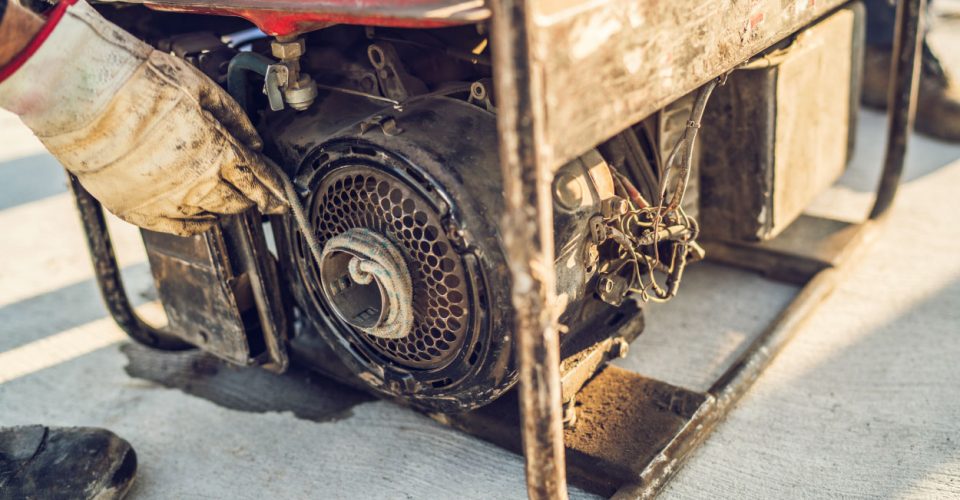5 Things To Consider Before Purchasing a Portable Power Station
Staying powered up has never been more important. For many, that flashing battery icon on your phone or computer can send shivers down the spine. Small portable chargers are an excellent addition for minor use, but what can you use when you need to go big and you’re on a wilderness trip in the back of beyond?
Portable power stations have emerged as a true game-changer in recent years. They come in a variety of sizes along with differing power outputs, so whether you’re looking to keep your phones charged on that week-long camping trip or need a backup energy source in the event of a blackout, portable power stations are the future.
However, this technology is relatively new, which can lead to a degree of confusion when it comes to making your first purchase. Here are five crucial factors to consider before diving in and joining the revolution.

What Do You Need It For?
Before browsing, you must be clear on one key factor – what will you use it for? All portable power stations come in different sizes, from small enough to fit at the bottom of a rucksack to large enough that you may need assistance loading it into your car.
Smaller stations are ideal for multi-day trips such as excursions and picnics, with larger models more suited as backup power generators or devices to power campervans while on the go.
Identify Your Power Needs
When you decide what you need backup for, you can choose how much power you’ll need. Think carefully about the devices you want to run and their energy consumption. Charging a smartphone for a short period requires far less power than running a portable fridge for multiple days.
You’ll need to have a rough estimate of the total wattage of your devices and consider how long you’ll need to use them between charges. Once you have this, you should be able to calculate an adequate watt-hour (Wh) capacity to meet your needs without carrying unnecessary weight or paying for excess capacity you won’t use.
Know Your Jargon
This type of technology is still in its relative infancy, meaning descriptions and jargon can be confusing for those looking to purchase their first portable power station. The following definitions will help you on your journey:
Watts (W): Power output or consumption rate is measured in watts (w). Power stations come with a wide variation of power output (300 watts for the lowest and over 3000 for the highest), and the maths is fairly simple. The higher the watts, the more power available.
Watt-hours (Wh): Watt-hours relate to the total energy capacity of the power station. The higher the number of hours, the more energy it can store and the longer it can be used.
Volts (V): Voltage is the strength of the electrical current. It’s essential that your devices’ voltage requirements match the power station’s output. If they don’t, you could damage or even break your devices.
AC vs DC: AC and DC both relate to electrical current. While Alternating Current (AC) is typically found in homes, Direct Current (DC) is utilised by most batteries and portable electronic devices. Most power stations are capable of both currents, but it’s always worth clarifying before you buy.
Do You Want Solar Generation?
A portable power station is essentially a large battery capable of storing energy for later use, but without additional components, it can’t generate energy itself. You can, however, implement solar generation and panels to transform a station into a self-sufficient power source.
Not all portable power stations have this capacity, so you should determine whether the device is solar-applicable before purchasing. Solar panels also add extra weight and cost, so consider sticking with a standard model unless you’d like free renewable energy.
Tick the Last Boxes
While there are many other factors to consider, the following are especially pertinent when choosing the right power station for you:
Cost vs Use: Aim to balance the cost of the power station against your specific needs and frequency of use. Buying an enormous power station might not make sense if you just need it for the occasional fishing trip.
Expandability: Another great feature of newer portable power stations is that some can link together to extend their watt hours and overall capacity. This will help keep you powered if you require plenty of energy over a sustained period.
Battery/Recharge Time: Don’t overlook the battery and how long it takes to recharge. Most top-quality models now offer super-fast charging speeds, but be aware that using a car charger or solar panels slows the process significantly. Also, consider its expected lifespan or number of charge cycles. A longer-lasting battery may cost more initially but can offer better value over time.
Durability: Finally, check for features such as water resistance, dustproof ratings, and durable construction. If you plan on using it outdoors, it’s best to find something built to last.
Make Your Selection
Once you’ve assessed these essential factors, you should be in an ideal position to make your final selection. You should always take your time when making high-value purchases, and your first portable power station is no different. Consider your needs and budget, conduct proper research, and then take the leap. Power on the go has never felt so good!

